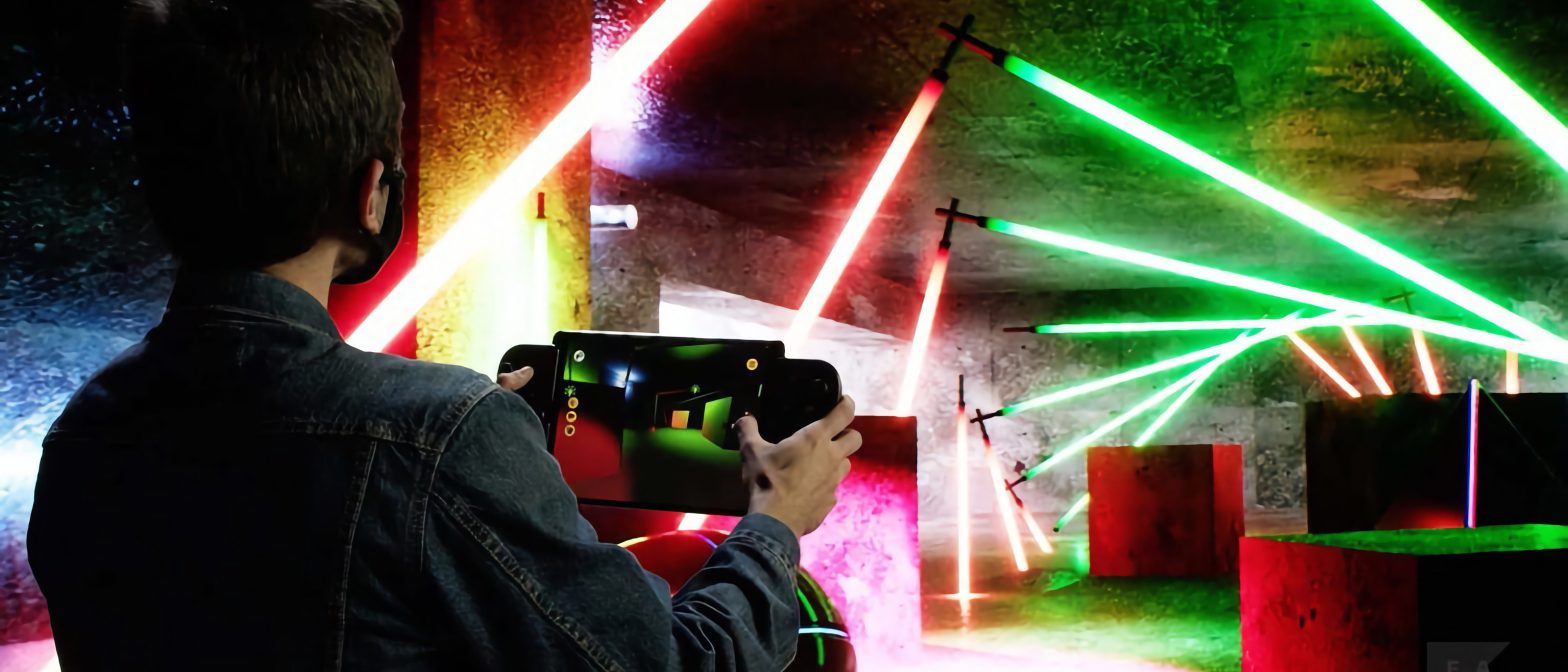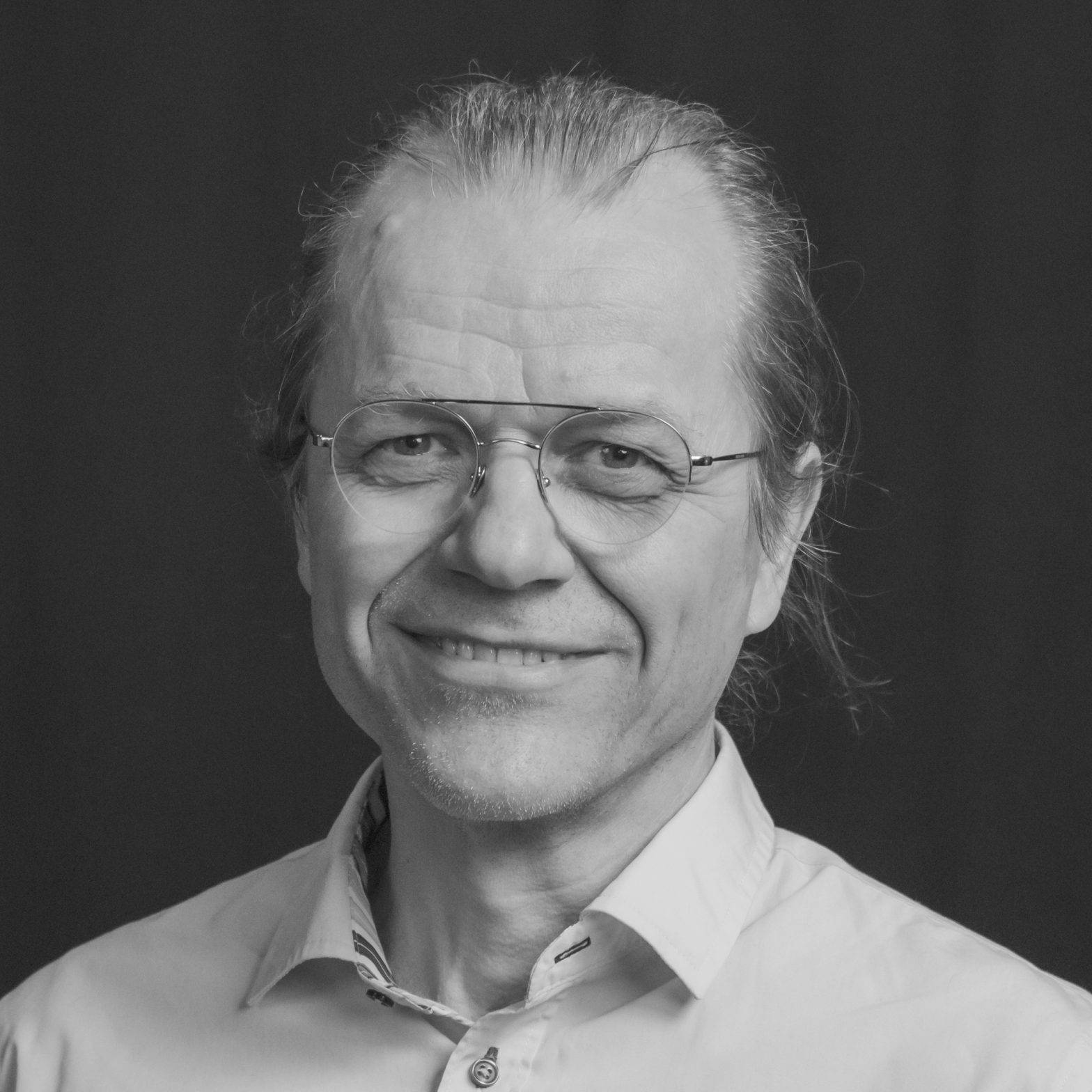European Media and Immersion Lab (EMIL) is an Extended Reality (XR) related network composed of four major European academic institutions, with a mission to accelerate development of virtual, augmented and mixed reality technologies, content, services and applications.
Find out more from http://emil-xr.eu


What is Aalto Studios?
We provide expertise and resources to all Aalto University in the fields of audiovisual media, extended reality production, game development, internet communication and more. Learn more about how we can help you.
Project details
Project European Media and Immersion Lab (EMIL), co-funded from the European Union’s [Horizon Europe] Human research and innovation programme under grant agreement No 101070533, foresees as an eligible activity the provision of financial support to third parties, as a means to achieve its own objectives.
Action Acronym
EMIL
Grant Agreement number
101070533
Action Title
European Media and Immersion Lab HORIZON-CL4-2021-HUMAN-01
Call Deadline
31 January 2023
Expected duration of participation
15 months
Maximum amount of financial support for each third party
500,000€
Call identifier
Emil-1 call
Language in which proposal should be submitted
English
Web link for further information (full call text/proposal guidelines/call results) on your official project web site
https://emil-xr.eu
Email address for further information
call@emil-xr.eu
Download full project description and call
Contact us
To learn how Aalto Studios ties into the EMIL project and what we can help you with.
Juhani Tenhunen
International Projects and Collaboration, VR Interest Group Coordination
juhani.tenhunen@aalto.fi
+358 50 518 4087
Related news
EMIL Call-2 Allocates 4.6 Million Euros for XR Projects Across Europe
European Media and Immersion Lab (EMIL) Funds Groundbreaking eXtended Reality Initiatives The European Media and Immersion Lab (EMIL) has announced the beneficiaries of its…
Apply for extended reality (XR) funding from the EMIL network
EMIL (European Media and Immersion Laboratory) is a pan-European eXtended Reality (XR) Lab network composed of four major European academic institutions, with a mission to…
Mediaspace Open Day on Podcast Production and new VR Hub goodness
Join us for an afternoon of learning about services and resources we provide to all Aalto University. On Thursday 8.12 at 14.00, we have…

